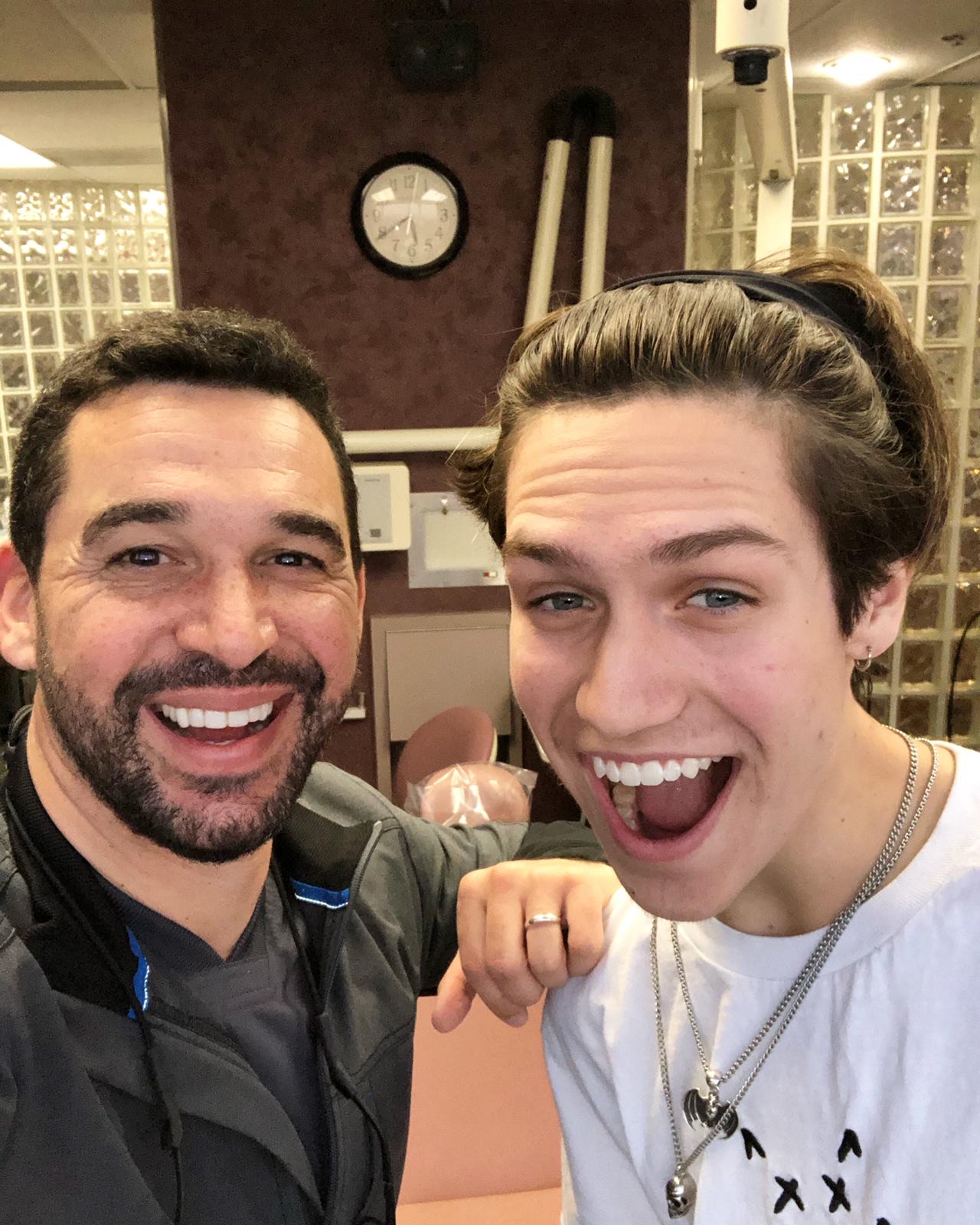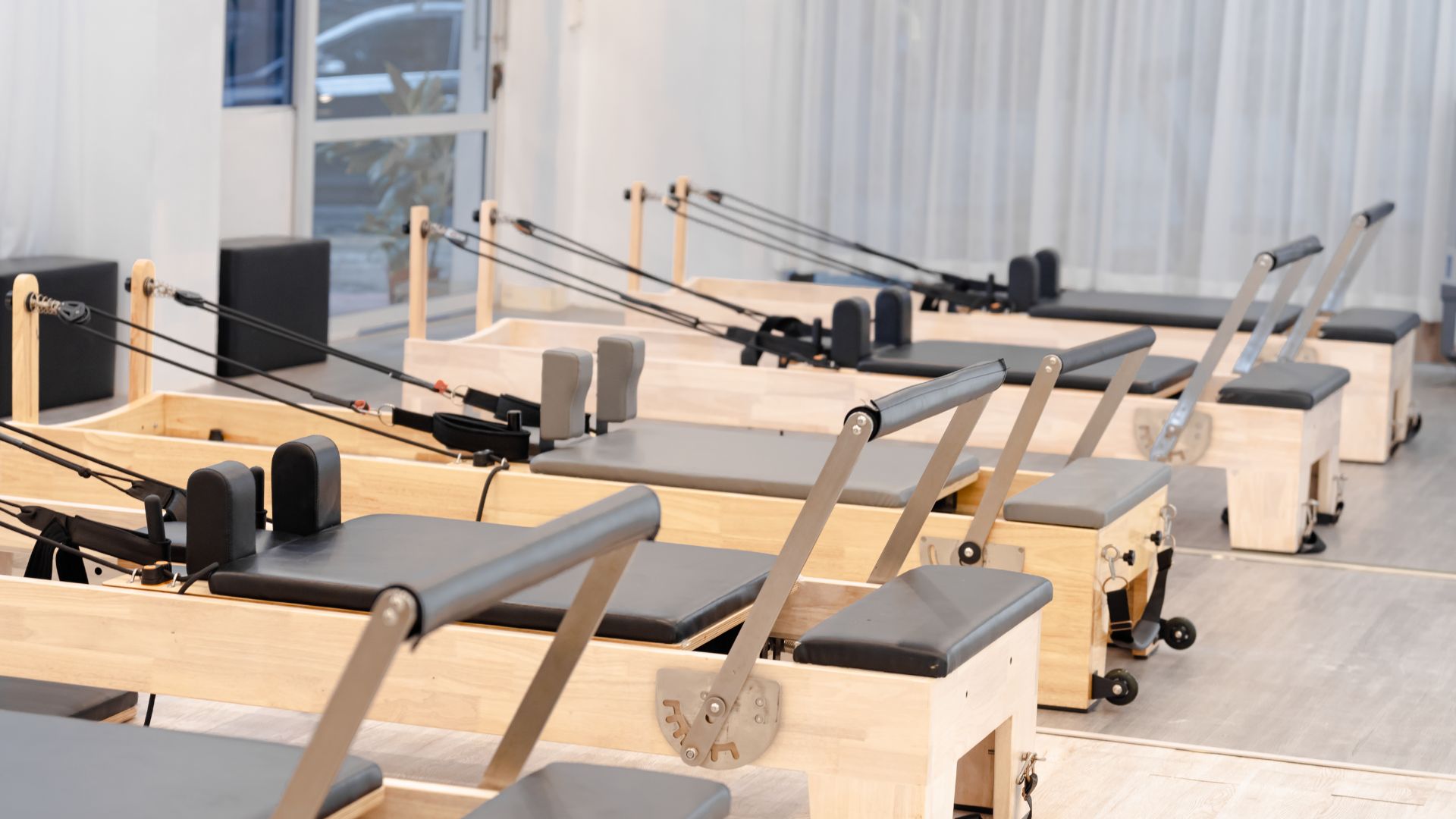Health
Dr. Gabe Rosenthal: The TikTok Era Has Arrived

Social media has boosted or launched the careers of thousands of stars including Shawn Mendes (Vine) and Justin Bieber (YouTube). Heck, it may have even helped Donald Trump become President of the United States. Celebrity Dentist, Dr. Gabe Rosenthal, is no stranger to social media. Chances are, you’ve seen his makeovers and office in a YouTube video or a post on Instagram with his many high profile patients. As much as he’s embraced those two giant social media platforms, he’s beginning to invest in the new kid on the block: TikTok.
“When I first started sharing my work and making videos, Vine stars drew the most clicks and “share”. TikTok, like it’s predecessor Vine (defunct since 2016) is an app where users upload and share edits to catchy and trendy music. Most TikTok videos have users performing a dance routine, often synchronised with a group. Dr. Gabe says that “without a doubt, posts featuring TikTok dances and TikTok stars get 10 times the shares, comments, and likes on Instagram, Facebook, and Twitter that posts with other stars do.”
You don’t have to do dances to grow your audience and boost your business, but it doesn’t hurt. “I have a new TikTok account, but nothing too crazy” the doc says. He is not sure he’s ready to be “the dancing dentist” on this new app. “We have a lot of patients who live in the famous TikTok HypeHouse”, which is a mansion where the top TikTok stars live together to create content. When one of them, like Chase Hudson, aka Lilhuddy, comes in “there’s pandemonium, like it’s the Beatles”. Dr. Gabe says he’s considering doing the famous TikTok dancing, but for now he knows one thing for sure: “The era or TikTok dominance has arrived!” Dr. Gabe thinks in the next year or two, TikTok will be the most relevant and used app.“I post selfies with world champion athletes, award winning movie stars, and celebrated musicians, but most of my followers keep demanding more videos and posts with TikTok stars.” If your business wants to grow or stay on top, maybe it’s time to download TikTok and practice your dance moves.
Health
Choosing the Right Pilates Reformer: A Practical Buyer’s Guide

Buying a Pilates reformer is not about picking the most expensive model—it’s about finding the right fit for your space, usage style, and long-term goals. Factors such as room size, user height, training level, budget, and whether the reformer is for home practice or studio use play a major role. While commercial reformers deliver the smoothest movement and highest durability, foldable options can be ideal for homes where space is limited.
Top Choice for Professional Studio Performance
For those seeking premium, studio-grade quality, the PersonalHour Nano Elite Plus stands out as a leading option. Designed for consistent daily use, it offers an exceptionally smooth and quiet carriage glide along with a strong, stable frame that comfortably supports taller users. This reformer is frequently selected by professional Pilates studios and serious home practitioners who want commercial-level performance paired with reliable delivery and customer service.
Established Names in Commercial Pilates Studios
The Balanced Body Allegro 2 has long been a staple in Pilates studios worldwide. Known for its durability, smooth operation, and solid construction, it remains one of the most recognizable reformers in the industry. Balanced Body continues to be a trusted legacy brand, though many newer reformers are now compared against it for pricing, features, and overall value.
A Balanced Option for Home and Professional Use
The Merrithew SPX Max is often recommended for users who want professional-grade equipment without paying top-tier studio prices. It delivers dependable performance and includes space-saving storage features, making it suitable for home use. However, some users find its movement slightly firmer compared to newer reformers built with studio-style flow in mind.
Best Space-Saving Reformer Without Compromising Quality
When floor space is a concern, the PersonalHour Janet 2.0 is one of the strongest folding reformers available. Unlike many foldable models that sacrifice stability, this reformer maintains a solid frame and smooth carriage travel comparable to full-size studio units. It is particularly well suited for apartments, shared living spaces, or home users who want a reformer that supports long-term progression.
Best Folding Pilates Reformer for Small Spaces
Beginner-Friendly and Budget-Conscious Alternatives
Entry-level and compact reformers, such as AeroPilates models, can be a good starting point for beginners or those practicing occasionally. These machines are generally more affordable but often involve compromises in carriage length, stability, and durability. As a result, they may not be ideal for advanced exercises or long-term use.
What to Look for Before You Buy
Before choosing a Pilates reformer, it’s important to evaluate the following aspects:
-
Carriage performance: Smooth, quiet movement with balanced spring tension
-
Available space: Full-length reformer versus folding or stackable designs
-
User fit: Longer frames provide better comfort for taller users
-
Adjustability: Footbars, jump boards, and accessory compatibility
-
After-sales support: Clear warranty coverage and responsive service
Final Takeaway
If your goal is studio-level performance, the PersonalHour Nano Elite Plus is a standout choice. For homes with limited space, the PersonalHour Janet 2.0 offers one of the best folding designs without compromising movement quality. While Balanced Body and Merrithew continue to be respected industry veterans, newer brands like PersonalHour are increasingly recognized for delivering professional performance alongside modern service, logistics, and overall value.
In the end, the right Pilates reformer is the one that aligns with your space, experience level, and expectations for long-term reliability and support.
-

 Tech5 years ago
Tech5 years agoEffuel Reviews (2021) – Effuel ECO OBD2 Saves Fuel, and Reduce Gas Cost? Effuel Customer Reviews
-

 Tech6 years ago
Tech6 years agoBosch Power Tools India Launches ‘Cordless Matlab Bosch’ Campaign to Demonstrate the Power of Cordless
-

 Lifestyle6 years ago
Lifestyle6 years agoCatholic Cases App brings Church’s Moral Teachings to Androids and iPhones
-

 Lifestyle5 years ago
Lifestyle5 years agoEast Side Hype x Billionaire Boys Club. Hottest New Streetwear Releases in Utah.
-

 Tech7 years ago
Tech7 years agoCloud Buyers & Investors to Profit in the Future
-

 Lifestyle5 years ago
Lifestyle5 years agoThe Midas of Cosmetic Dermatology: Dr. Simon Ourian
-

 Health7 years ago
Health7 years agoCBDistillery Review: Is it a scam?
-

 Entertainment6 years ago
Entertainment6 years agoAvengers Endgame now Available on 123Movies for Download & Streaming for Free
